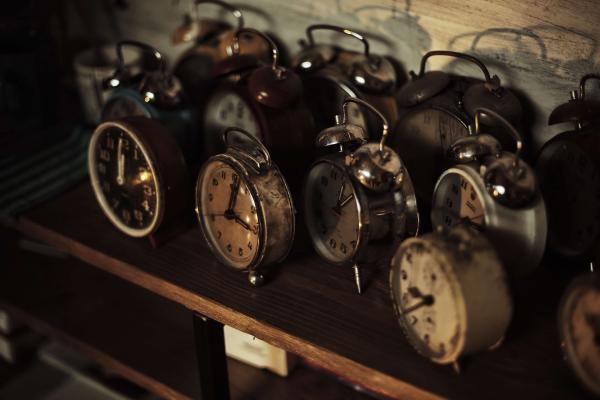AS FAR AS WE know, Nov. 18, 1883, was the only day in history to have two noons. In a move to standardize haphazard railroad timetables, the United States was divided into time zones. Major cities wound their clocks to a newly designated “noon,” suddenly separated from their neighbors into zones of “now” and “not yet.”
Some newspapers and bulletins responded with humor. “We were not so far behind as [Maine], and therefore do not need so great an advance,” one Trenton, N.J. paper joked.
But this existentially momentous event was largely observed with pragmatism. “When the reader of THE TIMES consults his paper at 8 o’clock this morning at his breakfast table it will be ... 6 o’clock in Denver, Col. and 5 o’clock in San Francisco. That is the whole story in a nut-shell,” declared The New York Times. The slight change was necessary for standardization—time zones meant progress, efficiency, growth. Who could argue?
And so there was noon, and there was noon again, on that first day.
Read the Full Article

